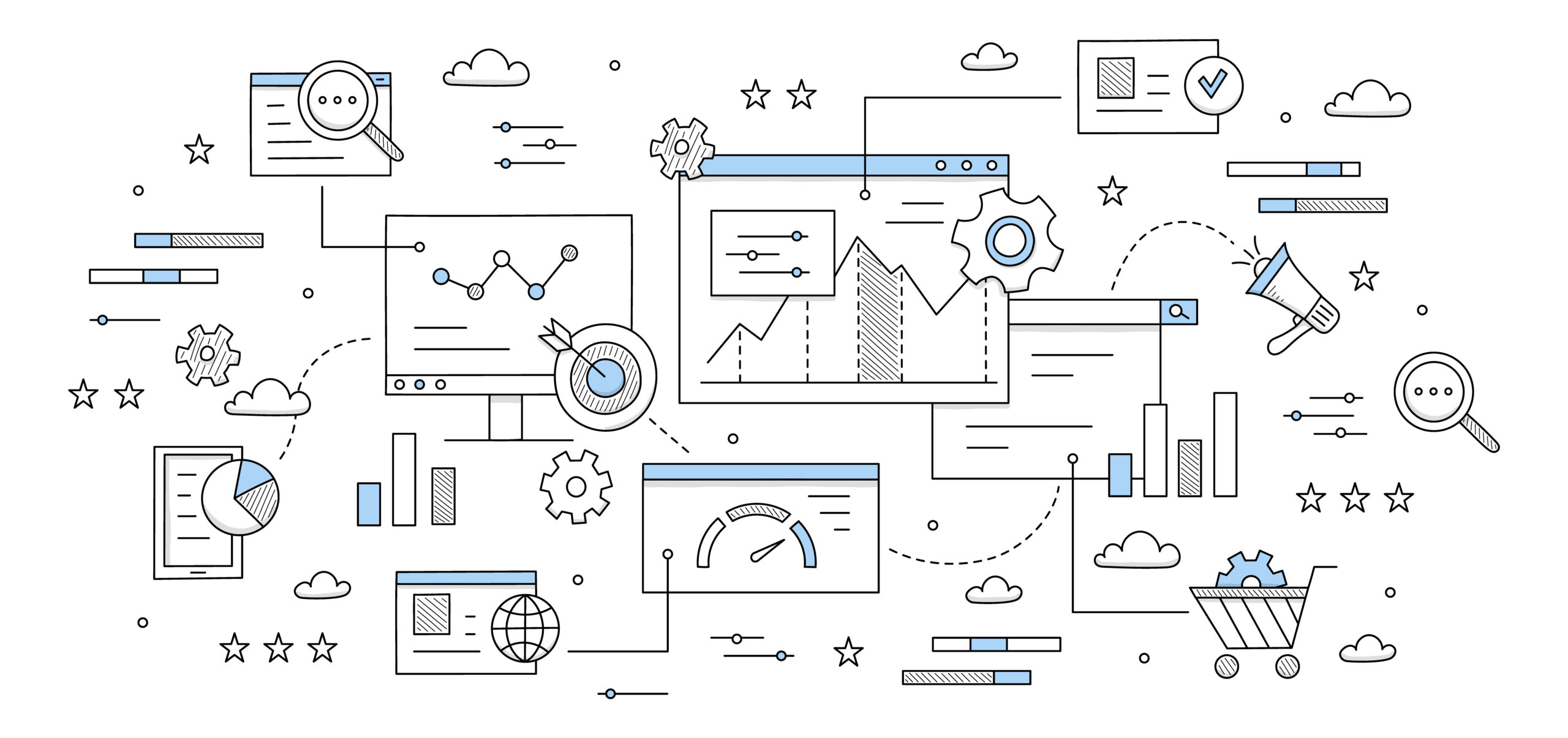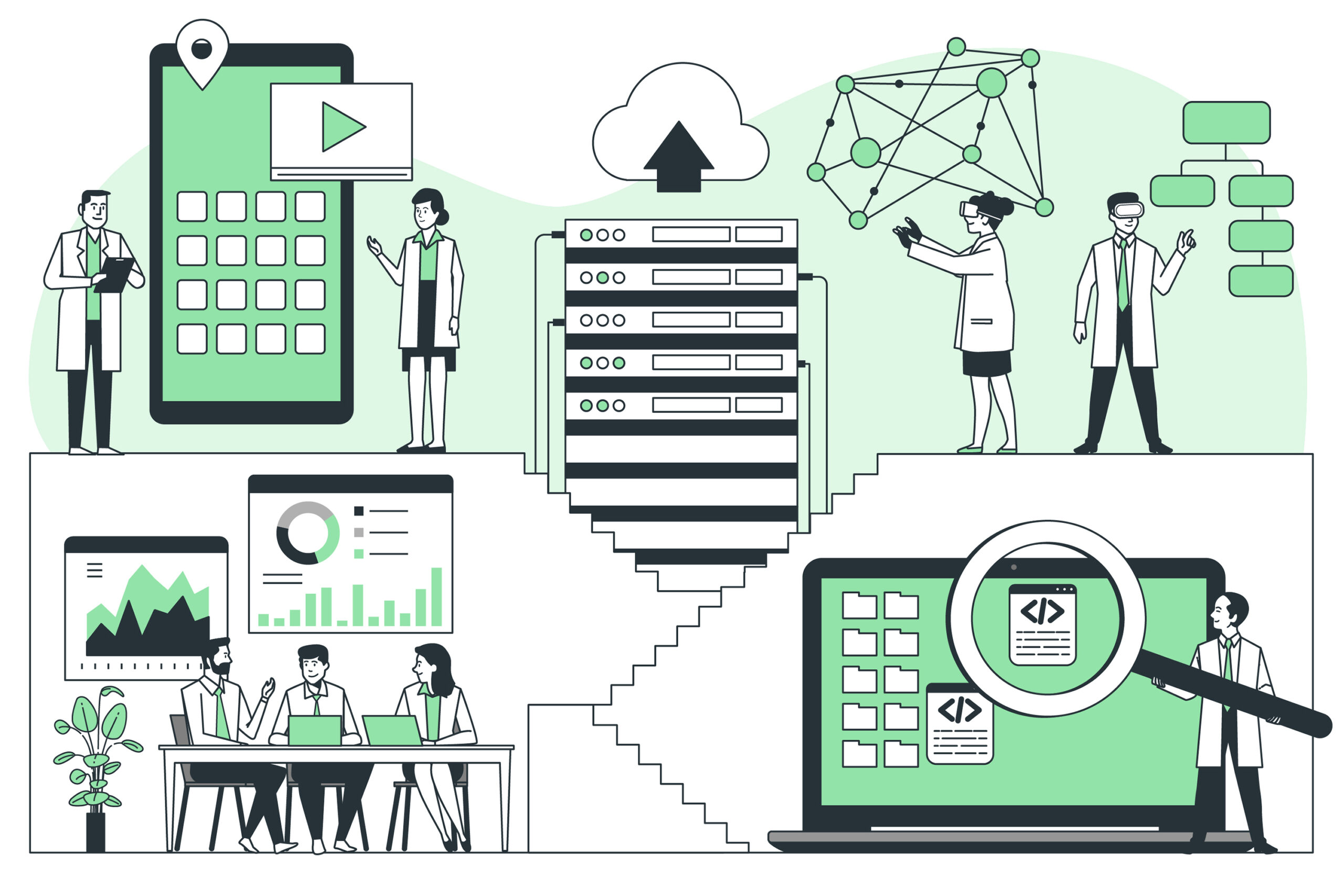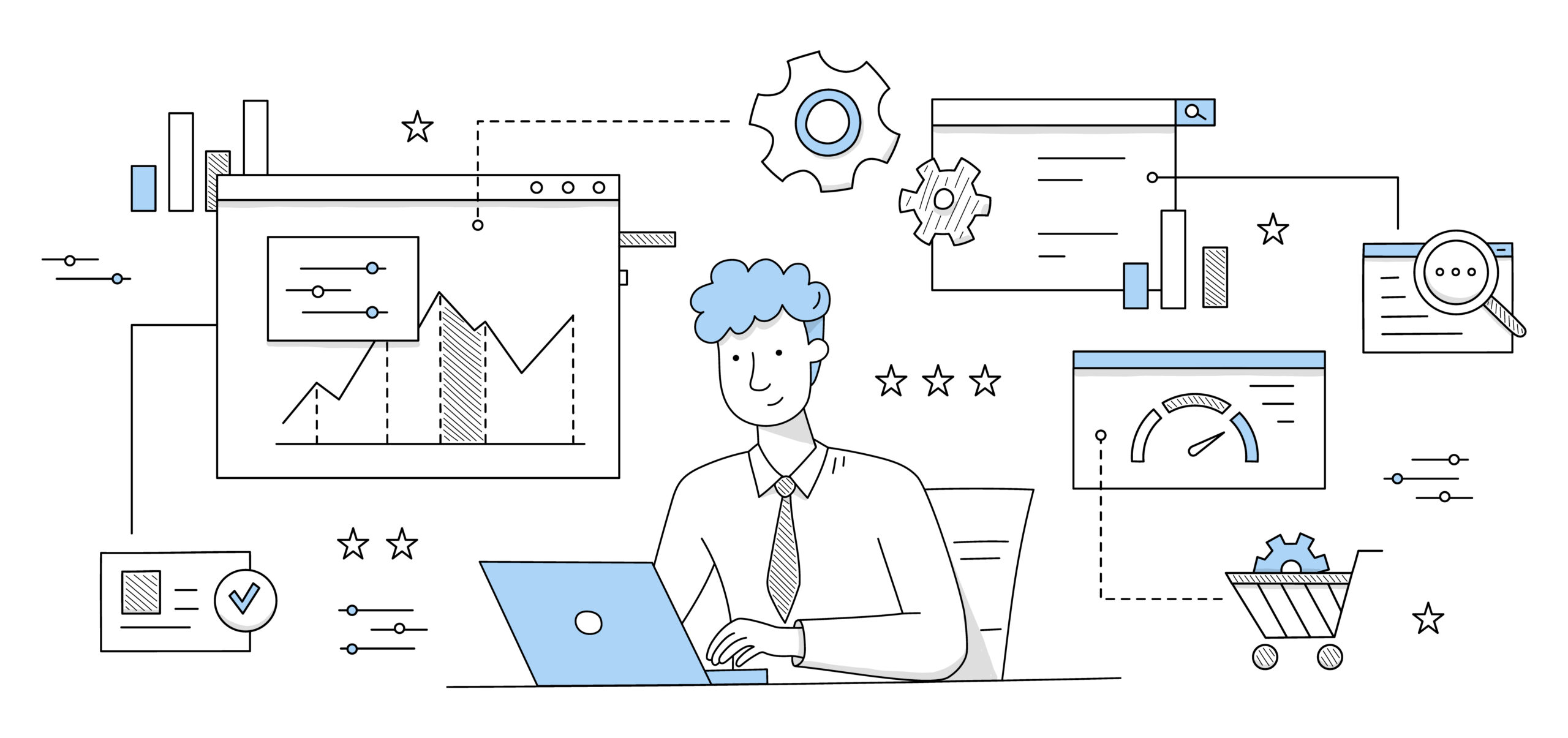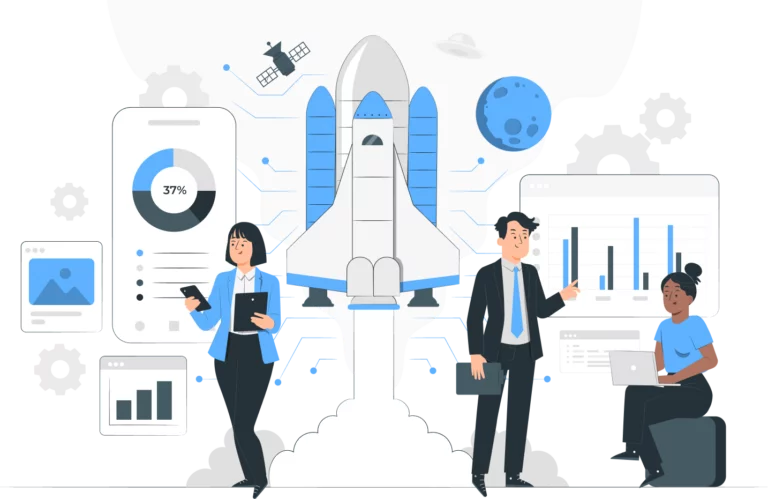In today’s rapidly evolving business landscape, legacy contracts can become a significant hindrance to growth and efficiency. Legacy contracts refer to legal agreements that are managed in legacy systems, such as paper filing cabinets or outdated software. These legacy contracts face limitations in terms of access, visibility, and adaptability, which can impact business efficiency and expose organizations to legal and regulatory risks. To overcome these challenges, businesses need to embrace digitization strategies for their legacy contracts.
In this blog, we will explore the best practices for digitizing legacy contracts, including understanding the complexity of legacy contracts, the necessity for digitization, strategies for digitization, overcoming obstacles, the role of Contract Lifecycle Management (CLM) software, and the benefits of digitized contracts. By following these best practices, businesses can enhance efficiency, reduce risks, and embrace the future of contract management.
Understanding the Complexity of Legacy Contracts

Legacy contracts, especially those managed in traditional paper-based systems or outdated software, come with a unique set of challenges. Defining legacy contracts involves understanding the type of contract, whether it’s procurement, sales, or legal agreement, and identifying the format in which they exist, such as paper documents or electronic files. Legacy contracts often lack easy access to relevant data, version control, centralized repositories, and electronic signatures. These limitations make it difficult to manage contractual obligations, impeding business efficiency and increasing the risk of non-compliance.
Defining Legacy Contracts
Legacy contracts, often managed in outdated legacy systems, come in various formats like paper documents or MS Word files. Accessing relevant information within legacy contracts demands significant time and effort due to limited data accessibility and version control. The migration of legacy contracts into a new CLM software is imperative for enhanced visibility and management, promising streamlined processes and improved efficiency.
The Limitations of Legacy Contracts
In the realm of legacy contracts, the absence of electronic signatures can lead to inefficiencies during the contracting process. This often results in limitations concerning contract performance and adapting to regulatory changes. Managing legacy contracts within legacy systems hinders visibility and analytics, while the lack of centralized repositories impacts future negotiations. Additionally, legacy contracts may not align with the best practices of modern contract management, presenting challenges for businesses aiming to streamline their contract processes.
How Legacy Contracts Affect Business Efficiency
The inefficiencies caused by legacy contracts can significantly hinder business operations. Limitations in workflows and metadata extraction impede smooth contract management processes. Additionally, relying on paper documents for legacy contracts results in cumbersome and inefficient management practices. Accessing crucial contract information becomes a challenge, further impacting business efficiency. The absence of AI-driven workflows and limitations in electronic signatures further compound the issues, affecting the overall performance of contracts within the organization.
Related Article: How To Manage Contracts Efficiently: Best Practices
Benefits of Digitized Legacy Contracts

Increased Efficiency and Reduced Risks
Digitizing outdated contracts enhances contract lifecycle management, effectively reducing operational inefficiencies. Migrating legacy systems ensures seamless access to pertinent contract data, thereby improving visibility and control. Streamlining workflows and implementing centralized repositories facilitates the quick retrieval of crucial information, subsequently minimizing risks. The migration process involves extracting metadata from legacy contracts and preserving valuable data for future reference. Ultimately, the post-digitization landscape provides an enhanced framework for managing contractual obligations, contributing to improved process efficiency.
Enhanced Adaptability to Changing Circumstances
digitized contract practices, such as using electronic signatures, play a crucial role in enhancing adaptability to regulatory changes, and ensuring compliance and legal adherence. Migrating legacy contracts to new systems paves the way for future negotiations and allows seamless contract version control, thus facilitating adaptability to changing circumstances. Furthermore, digitizing legacy agreements empowers business partners to adeptly adjust to new contract terms, ensuring continued relevance and suitability. Leveraging AI-powered analytics enables swift extraction of pertinent information, facilitating quick adaptation to new business models and market trends. Lastly, digitized contracts with built-in version control mechanisms readily adapt to regulatory alterations, guaranteeing sustained contract performance and alignment with evolving business environments.
Improved Business Practices and Models
Post-upgrade, transitioning legacy contracts to modern CLM systems guarantees convenient access to crucial data, streamlining business practices. This migration enables seamless adaptation to emerging business models, ensuring continued relevance. Strengthened workflows, supported by robust contracts, bolster business practices, securing the sustainability of legal agreements. Advanced contract lifecycle management provides visibility into critical dates, optimizing business operations and processes. Migrating legacy contracts to new systems paves the way for future negotiations, enabling adjustments to align with evolving business practices and models.
Related Article: Legacy Contracts: How To Effectively Migrate To A CLM
Strategies for Digitizing Legacy Contracts

Conducting a thorough contract audit is essential when strategizing digitization efforts. Agile contract frameworks should be incorporated to adapt to evolving business models. Additionally, leveraging technology for efficient and organized contract management can streamline the digitization process. By integrating these strategies, organizations can seamlessly transition from legacy contracts to more agile and adaptable contract practices.
Conducting a Thorough Contract Audit
To ensure efficient digitization, conducting a thorough contract audit is critical for identifying legacy contracts and relevant data. It involves the identification of key stakeholders, crucial dates for legacy agreements, and essential contract elements such as version control and electronic signatures. Furthermore, the audit requires the extraction of significant contract data and invoices to support the migration process of legacy contracts and valuable contract information. Implementing this audit provides the necessary groundwork for the digitization process and facilitates the smooth transition of legacy contracts and their associated data.
Incorporating Agile Contract Frameworks
For efficient contract management, legacy contracts necessitate the integration of agile contract frameworks. This integration facilitates easy access, version control, and visibility of legacy contracts. Furthermore, digitizing legacy contracts involves incorporating agile contract frameworks to cater to future negotiations and business partnerships. Moreover, agile contract frameworks support the migration process of legacy contracts, version control, and legal agreement visibility. As a result, the digitization of legacy contracts encompasses the incorporation of agile contract frameworks for future negotiations and regulatory changes.
Leveraging Technology for Contract Management
In the realm of contract management, modern technology plays a pivotal role in streamlining the entire lifecycle. E-signatures and automated workflows significantly boost the efficiency of contracts, while AI and analytics offer valuable insights into their performance. Moreover, legacy systems can be seamlessly migrated to a centralized repository, ensuring easy access. Through metadata extraction from contracts, relevant data is systematically retained, setting the stage for enhanced contract management efficiency.
Related Article: How To Digitize Your Physical Contracts?
Overcoming Obstacles in the Digitization Process

Gaining leadership support, engaging stakeholders fostering ownership, and implementing effective training programs are critical to overcoming obstacles in the digitization process. By securing buy-in from leadership, involving stakeholders, and providing comprehensive training, organizations can successfully navigate the challenges posed by legacy contracts. This approach ensures a smooth transition towards digitized contracts, promoting efficiency and compliance. Embracing these strategies is essential for businesses looking to adapt to evolving business models and mitigate legal and regulatory risks.
Gaining Leadership Support
Gaining the support of organizational leaders is crucial to successfully digitizing contracts. It’s essential to demonstrate the benefits of digitized contracts and educate leaders on the impact of legacy contracts on business operations. Highlighting the limitations of legacy contracts is key in gaining leadership buy-in, along with presenting a clear roadmap for digitization to foster ownership among leaders. By doing so, the transition to modern contracts can be streamlined and effectively implemented.
Engaging Stakeholders and Fostering Ownership
Collaborating with business partners is essential for the digitization of long-time legacy contracts, ensuring their ownership and successful migration. Involving legal teams in this process is critical, and it’s good news that communicating the benefits of digitization significantly promotes stakeholder engagement. Additionally, ensuring visibility into legacy contract data fosters stakeholder ownership, ultimately contributing to the overall success of the contract digitization effort.
Implementing Effective Training Programs
Comprehensive training on the new CLM system is crucial for adoption, tailoring programs to specific contract types aids understanding. Training staff on new contract terms and educating stakeholders on regulatory changes ensure compliance and future reference. Offering training on contract performance analytics enhances user proficiency, providing a solid foundation for navigating the digitized contract landscape. This commitment to ongoing education and support empowers stakeholders to leverage the benefits of digitized contracts efficiently and effectively.
Related Article: How To Use AI For Contract Management: An Effective Guide
The Role of Contract Lifecycle Management (CLM) Software in digitization

Contract management software plays a critical role in digitizing legacy contracts. By efficiently organizing and storing contracts, CLM software ensures easy accessibility and retrieval of important documents, reducing the long time spent on manual searches. Additionally, it enables businesses to automate contract elements and fields, streamlining the management of various types of contracts. Integrating CLM software like Volody’s CLM Software effectively enhances business efficiency by providing insights into contract terms and keeping all contract-related communications in one spot. Embracing CLM software for the first time is good news for businesses looking to transition from traditional PDF or email-based contracts to a more agile and automated contract management system.
Organizing and Storing Contracts Efficiently
The efficient organization of contracts within a centralized repository ensures convenient access for all stakeholders involved. The process of storing contracts in various formats necessitates seamless migration procedures, particularly when transitioning contract data from physical documents to electronic formats. Facilitating convenient access to contract data from legacy systems remains crucial during this transition phase. Moreover, the implementation of robust contract version control within a new system is paramount for facilitating easy future reference, contributing to improved efficiency and accountability.
Automating Contract Elements and Fields
By using CLM software, the automation of contract elements significantly improves process efficiency. Automated workflows that include contract performance metrics greatly facilitate decision-making. Furthermore, automated migration of contracts from legacy systems ensures the seamless transfer of valuable data. Easy access to contract data through automated processes provides crucial support to stakeholders. Additionally, the automation of metadata extraction from legacy contracts aids in retaining and utilizing relevant information efficiently.
Providing Insights into Contract Terms
In the realm of contract management, CLM software plays a crucial role in providing insights into contractual obligations and key dates. By offering visibility into contract terms and clauses, it paves the way for future negotiations, ultimately enhancing business adaptability. The incorporation of AI-driven analytics further augments the process by delivering valuable contract insights. With a centralized repository of contracts and automated extraction of contract data, organizations can easily access relevant information, propelling efficient contract management.
Related Article: Best Contract Management Software: Top 10 CLM In 2024
Conclusion
In conclusion, digitizing legacy contracts is not just a matter of convenience or staying up to date with the latest trends. It is a necessary step to ensure business efficiency, mitigate legal and regulatory risks, and adapt to evolving business models. By conducting a thorough contract audit, incorporating agile contract frameworks, and leveraging technology for contract management, organizations can overcome the obstacles in the digitization process.
The role of contract management software cannot be underestimated in organizing and storing contracts efficiently, automating contract elements and fields, and providing insights into contract terms. The benefits of digitized contracts include increased efficiency, reduced risks, enhanced adaptability, and improved business practices. Embracing the future of the post-digitization landscape requires sustaining modern contract practices and ensuring that your contracts are ready for the future.





